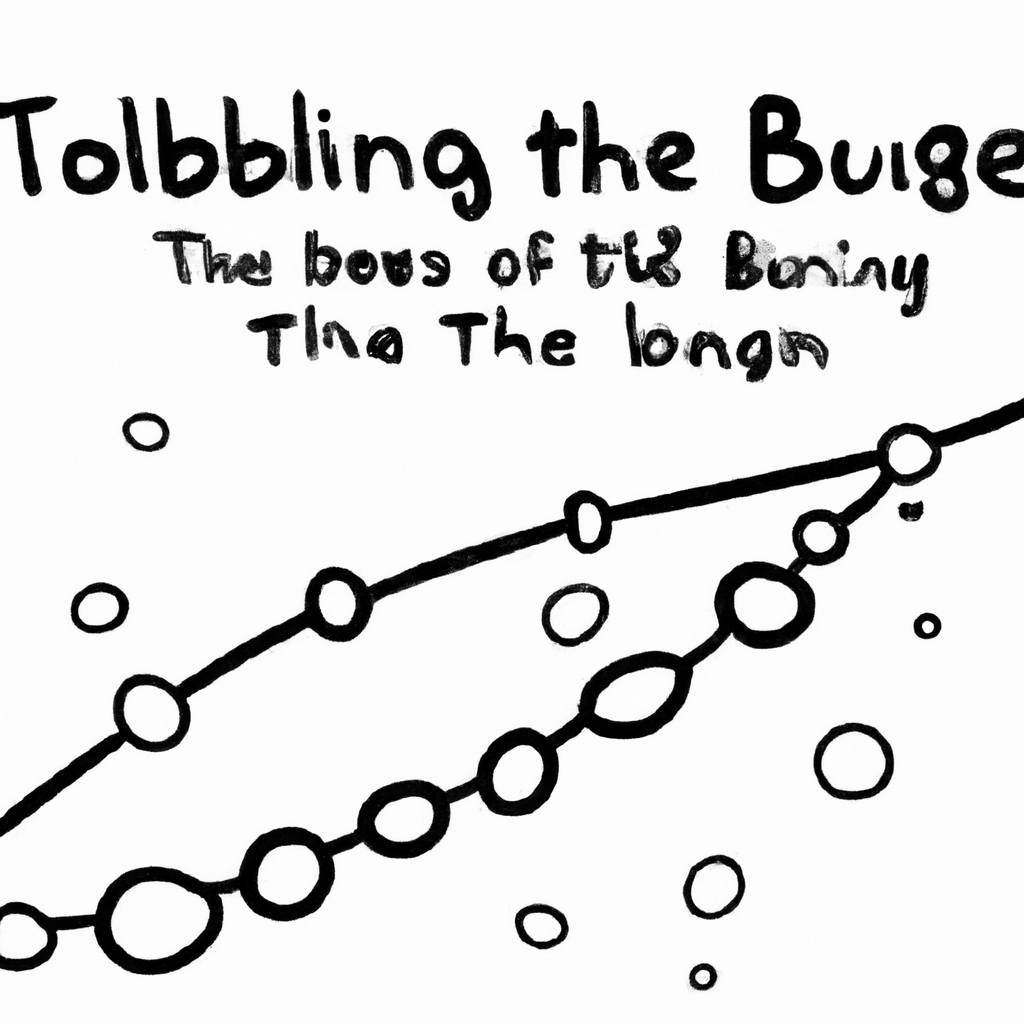Title: The Evolution of AI Images: A Journey through Time
Introduction
Artificial intelligence (AI) has been a game-changer in many industries, and the world of images and photography is no exception. The evolution of AI in image processing has been an exciting journey, from the early days of simple pattern recognition to the sophisticated image generation and manipulation we see today. This article explores the evolution of AI images, highlighting key milestones and innovative applications.
Early Days: Pattern Recognition and Image Processing
AI’s journey with images began in the 1960s with pattern recognition, a technique used to classify data. Early applications involved basic image processing tasks like edge detection, noise removal, and image enhancement. An AI algorithm would analyze an image pixel by pixel, identifying patterns and shapes. This was a significant step forward, but the technology was limited by computational power and could only handle simplistic tasks.
Advances in the 1980s: Neural Networks and Machine Vision
The 1980s saw the advent of neural networks, inspired by the human brain’s functionality. These networks, composed of interconnected nodes or ‘neurons,’ allowed AI to learn from experience, improving its image recognition capabilities. This period also saw the rise of machine vision, an AI application that enables machines to ‘see’ and interpret visual data. Machine vision was initially used in industrial automation, such as quality control checks in manufacturing lines.
The 2000s: Deep Learning and Convolutional Neural Networks
With the turn of the century and the increase in computational power, AI took a massive leap forward with deep learning. Deep learning involves training large neural networks using a vast amount of data. Convolutional Neural Networks (CNNs), a variant of deep learning, became a revolution in image recognition. CNNs are designed to automatically and adaptively learn spatial hierarchies of features from images, which made them incredibly effective for tasks like object detection, face recognition, and even medical imaging.
The 2010s: Generative Adversarial Networks and Image Generation
The most recent significant advancement in AI images has been the Generative Adversarial Networks (GANs), introduced by Ian Goodfellow in 2014. GANs consist of two neural networks – a generator and a discriminator – that work together to create new, synthetic instances of data that can pass for real data. This technology has led to the ability to generate realistic images from scratch, colorize black-and-white photos, enhance image resolution, and even swap faces in images (a technology known as deepfakes).
Current State and Future Prospects
Today, AI’s capabilities in image processing are astonishing. Not only can AI generate and manipulate images, but it can also understand their content, context, and aesthetic appeal. Applications range from social media filters and photo editing apps to medical diagnostics and autonomous vehicles.
The future of AI in images looks promising. Innovations like three-dimensional image processing and the integration of AI in virtual and augmented reality are on the horizon. As AI continues to evolve, we can expect it to deliver more sophisticated, personalized, and interactive visual experiences.
Conclusion
The evolution of AI images has been a journey of continuous learning and innovation. From pattern recognition to deepfakes, AI has transformed the way we create, manipulate, and interpret images. As we look to the future, the possibilities for AI and image technology are vast and exciting, offering a realm of opportunities for innovation. The marriage of AI and imaging technology will undoubtedly continue to shape our visual world in ways we can only begin to imagine.









